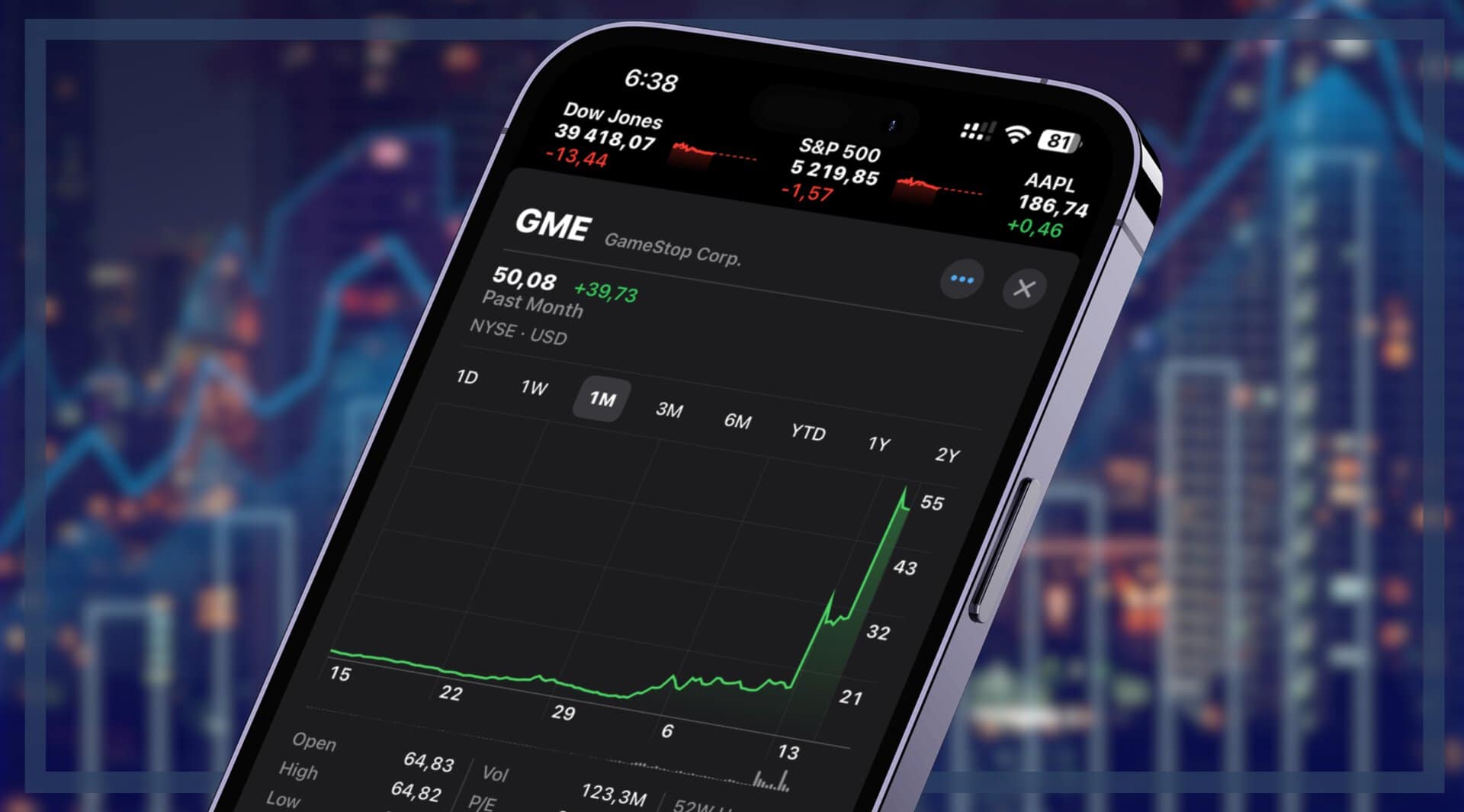The Indonesian Rupiah (IDR) started 2023 as Asia’s best performing currency. Foreign exchange traders flocked to the Indonesian currency as investors sought to take advantage of the high yields available on local government debt. The rupiah has declined in value slightly compared to the 2023 peak the currency hit in mid-April, with IDR currently trading at 15,074.50 against the dollar. However, after three months of sustained gains, could the rupiah continue to regain momentum after a very strong start to the year? Disruption Banking sees three main factors that could drive rupiah strength for the remainder of the year.
US Dollar
As with all emerging market currencies, the fate of the Indonesian Rupiah is strongly intertwined with that of the US Dollar. Since the onset of the coronavirus pandemic in early 2020, which prompted traders to seek the “safe haven” of the greenback, markets have seen a prolonged period of dollar strength. This trend was reinforced last year when the Federal Reserve began its cycle of monetary tightening in response to elevated levels of inflation. This meant that lucrative interest rates were available for traders with exposure to the dollar, encouraging more demand for the dollar and stronger exchange rates, at the expense of other currencies including the rupiah. Similar trends were seen in Korean Won, Aussie Dollar, and Pound Sterling markets.
Inflation in Indonesia has been low – with global investment banks, including Jefferies, praising the central bank for taking a “pragmatic” approach to monetary policy during the pandemic which kept prices subdued. Inflation in the Asian country is currently relatively low at 4%. Bank Indonesia, the country’s central bank, is therefore reluctant to raise interest rates too much as this could stifle economic growth and would be unnecessary given the lack of inflationary pressure. In April, the central bank decided to pause further rate hikes and has kept the policy rate at 5.75%. The minimal interest rate differential between Indonesia and the US – where rates are now 5-5.25% – could limit the rupiah’s potential to make further gains given the incentive traders have to stick with the “safer” currency.
Bank Indonesia to hold key rate at 5.75% for rest of year: Reuters poll https://t.co/aBg3cnOO2h pic.twitter.com/SgpAQM7oTL
— Reuters Asia (@ReutersAsia) June 20, 2023
Government Bonds
One of the major attractions Indonesia offers foreign investors is government bonds. Local debt offers some of the best returns in the region, with the Indonesian ten year government bond currently offering a 6.31% yield. These high yields also come with relatively low risk levels. In the five-year Indonesian credit default swap market, the implied probability of default is 1.43%, while the country also continues to demonstrate its fundamental economic strength. In the first quarter of the year, for example, the country posted a $8.7 billion budget surplus. Such statistics should continue giving investors the appetite to invest in Indonesian debt.
The ongoing attractiveness of Indonesian local debt should be good news for IDR as the bonds are priced in the local currency. Those purchasing Indonesian debt therefore need to purchase the rupiah, leading to stronger inflows into IDR markets. At least in theory, higher demand for Indonesian bonds means higher demand for the Indonesian rupiah and therefore a stronger exchange rate.
Bids for Indonesia’s sovereign bonds at an auction soared the highest in almost two years https://t.co/M3ow89RgFp
— Bloomberg (@business) June 7, 2023
Commodity Prices
The Indonesian economy is dependent, to a large extent, on the prices of commodities such as coal, copper, and palm oil. All three of these commodities are seeing price declines. Coal has declined by over 67% since the start of the year. Copper is relatively stable but down by about 1.5%. Palm oil has declined by over 7%. These declines will likely hit the Indonesian economy and potentially the rupiah.
“The outlook has generally been positive for the Indonesian Rupiah on markets over the last few months, but commodity prices are one potential drag,” Euan Maskell, a foreign exchange trader in London, told Disruption Banking. “The World Bank has noted that slower global growth is hitting commodity prices. Sluggish growth in China after its reopening also means that demand for commodities in southeast Asia is not as high as many analysts expected. This is one negative factor traders on rupiah markets are considering.”
Economists surveyed in a Reuters poll expect Indonesia’s May trade surplus to shrink from the previous month, following a decline in exports because of weakening commodity prices. | @Reutershttps://t.co/RWXWIpS8EZ
— Inquirer (@inquirerdotnet) June 14, 2023
There are plenty of reasons to be optimistic about the Indonesian economy – and potentially the rupiah too. In particular, high demand for Indonesian government bonds should ensure steady demand for the Indonesian currency on foreign exchange markets. The extent to which the currency can strengthen in the context of a strong dollar and declining commodity prices, however, remains to be seen.
Author: Harry Clynch
#Indonesia #IndoneisanRupiah #IDR #Asia #ForeignExchange















